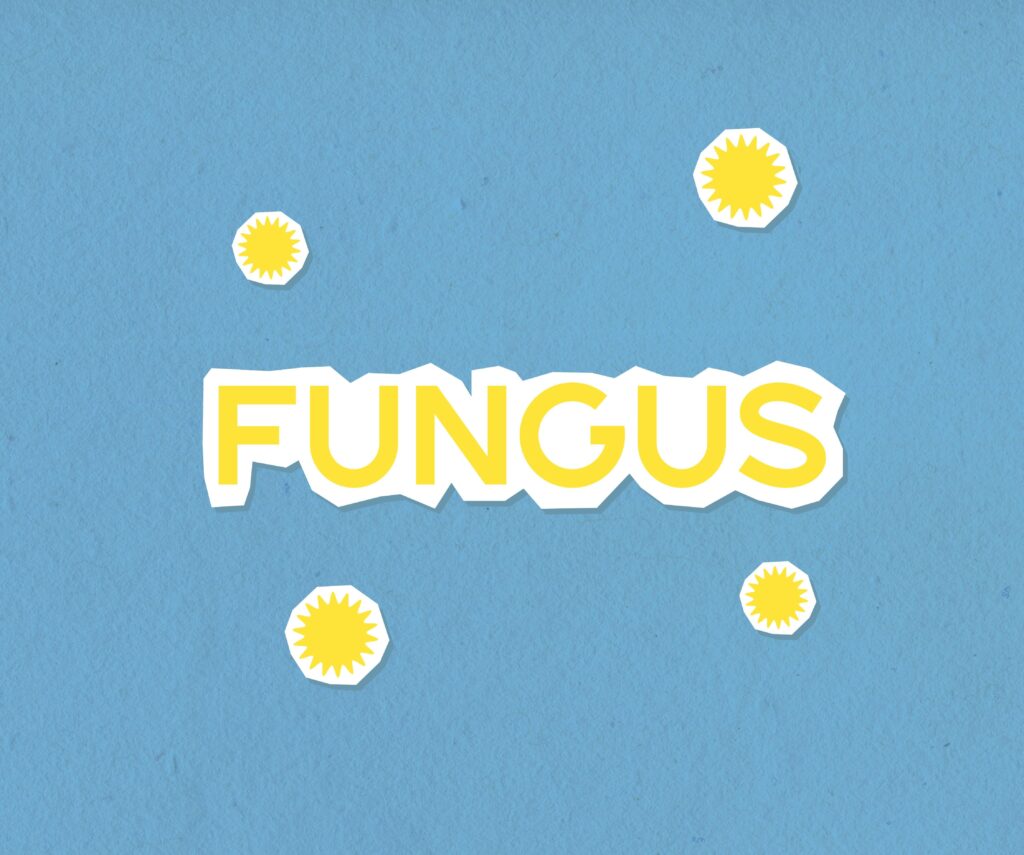The Best Antifungal Cream for Private Area: A Complete Guide
Introduction
Dealing with a fungal infection in your private area can be uncomfortable and embarrassing. Whether it’s caused by sweat, friction, or an overgrowth of yeast, finding the right treatment is crucial for relief. Antifungal creams can be an effective solution, but with so many options available, no wonder you would have asked yourself which one is the best antifungal cream for private area? In this guide, we’ll explore the top antifungal creams for your private area and provide tips for using them effectively.
Understanding Fungal Infections
What Causes Fungal Infections?

Fungal infections in the private area are often caused by an overgrowth of yeast or dermatophytes. Common conditions include jock itch (tinea cruris) and yeast infections (candidiasis). Factors such as warm, moist environments, tight clothing, and poor hygiene can contribute to these infections.
Symptoms to Look Out For
Recognizing the symptoms of a fungal infection is the first step to getting the right treatment. Common signs include:
- Itching and irritation
- Redness and rash
- Burning sensation
- Flaky or scaly skin
Top Antifungal Creams for the Private Area
1. Clotrimazole (Lotrimin)
- How It Works: Clotrimazole is an antifungal medication that fights infections by stopping the growth of fungus.
- Usage: Apply a thin layer to the affected area twice daily. Continue use for at least two weeks, even if symptoms disappear.
- Pros: Widely available, effective against various fungal infections.
- Cons: May cause mild irritation for some users.
2. Miconazole (Monistat-Derm)
- How It Works: Miconazole works by weakening the fungal cell membrane, leading to the death of the fungus.
- Usage: Apply the cream to the affected area once or twice a day. Use for the full course, typically two to four weeks.
- Pros: Effective against yeast infections, available over-the-counter.
- Cons: Can cause skin irritation or burning.
3. Terbinafine (Lamisil)
- How It Works: Terbinafine kills fungi by inhibiting the enzyme required for fungal cell membrane synthesis.
- Usage: Apply once daily for one to two weeks. Follow the prescribed duration to prevent recurrence.
- Pros: Often works faster than other antifungals.
- Cons: Possible side effects include redness and itching.
4. Tolnaftate (Tinactin)
- How It Works: Tolnaftate prevents the growth of fungus on the skin.
- Usage: Apply to the affected area twice daily for two to four weeks.
- Pros: Effective for treating jock itch, easy to apply.
- Cons: May not be as effective for yeast infections.
Choosing the Right Antifungal Cream
Consider Your Symptoms
Different creams target different types of fungal infections. For instance, if you’re dealing with jock itch, Tolnaftate might be the best option. For yeast infections, Miconazole or Clotrimazole could be more effective.
Check for Sensitivity
Before applying any cream extensively, test a small amount on a patch of skin to check for any adverse reactions. If you experience severe irritation or an allergic reaction, discontinue use and consult a healthcare professional.
Consult a Healthcare Provider
If over-the-counter creams don’t improve your condition or if you have recurring infections, it’s essential to seek medical advice. A doctor can prescribe stronger medications or identify underlying issues contributing to the infections.
Tips for Using Antifungal Creams
1. Follow the Instructions
Always read and follow the instructions on the packaging or provided by your doctor. Consistent application is key to effectively treating the infection.
2. Maintain Hygiene
Keep the affected area clean and dry. Change underwear regularly and avoid tight clothing that can cause friction and trap moisture.
3. Be Patient
While some creams work faster than others, most treatments require consistent use for at least one to two weeks. Continue using the cream for the full duration, even if symptoms improve before the course is completed.
Preventing Fungal Infections
Prevention is always better than cure. Here are some tips to prevent fungal infections eventually, preventing the question of finding the best antifungal cream for private area:
- Keep the Area Dry: After bathing, thoroughly dry the private area before dressing.
- Wear Breathable Clothing: Opt for loose-fitting, breathable fabrics like cotton.
- Maintain Good Hygiene: Regularly wash and dry the area, especially after sweating.
- Avoid Sharing Personal Items: Don’t share towels or underwear with others.
Conclusion
Fungal infections in the private area can be uncomfortable, but with the right antifungal cream, you can find relief. Whether you choose Clotrimazole, Miconazole, Terbinafine, or Tolnaftate, be sure to follow the instructions and maintain good hygiene, in the end there is no best antifungal cream for private area as each one of them specialize in their own way. If over-the-counter treatments don’t work, consult a healthcare provider for further guidance. By taking these steps, you can effectively treat and prevent fungal infections, ensuring comfort and health.
External Resources:


